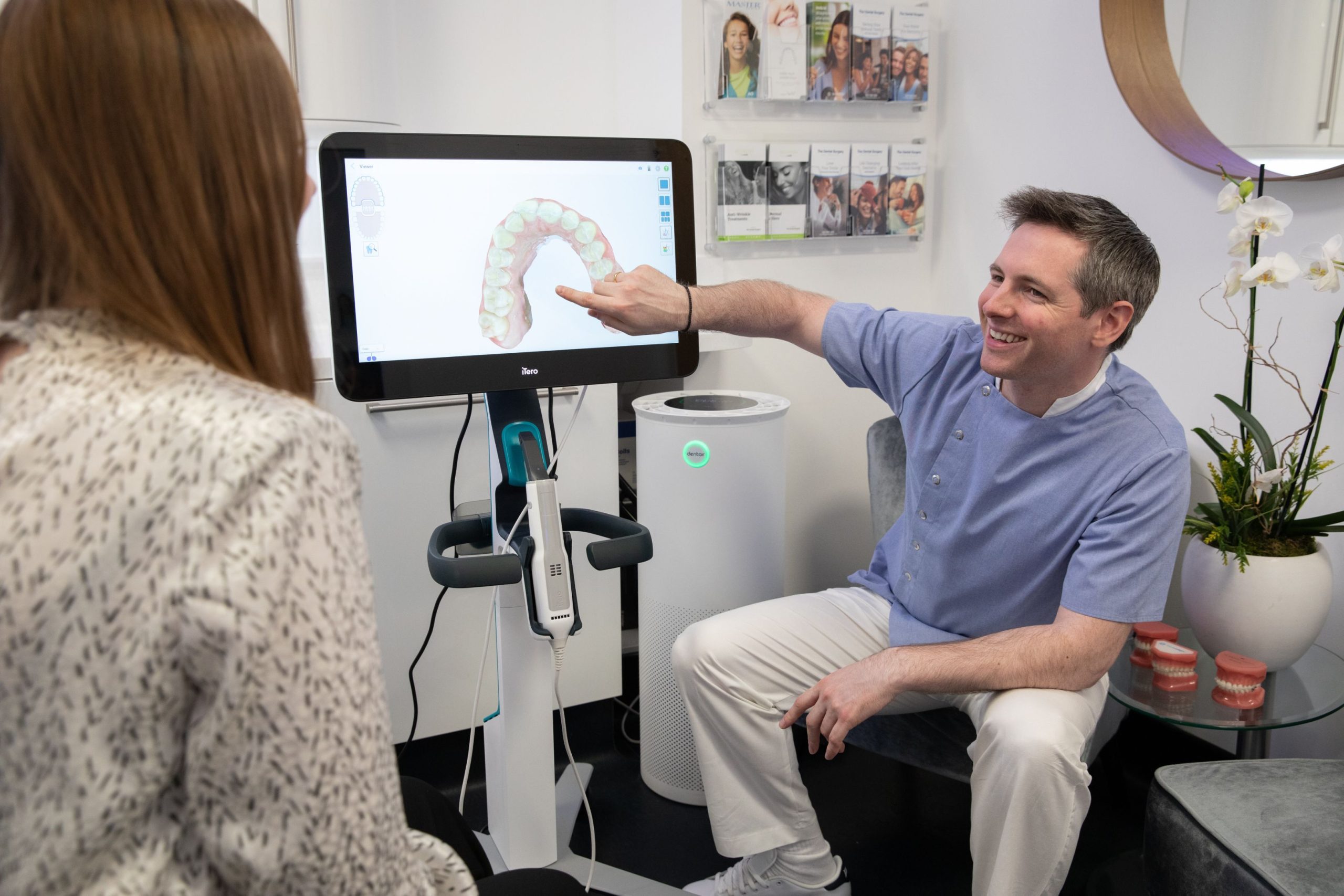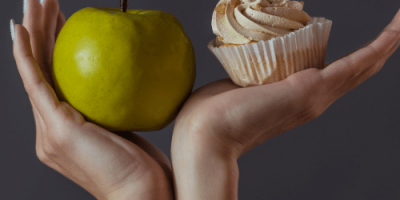- Categorised as:
- General Dentistry
- Dental Hygiene
Dental Advice for Kids Going Back to School
Most children enjoy having a treat or two in their lunchbox and, let’s be honest, a lot of parents like the thought of their little one having something to look forward to.
In amongst the sandwiches, celery and fruit there might be a cheeky small chocolate bar or sugary yogurt. We imagine how happy they will be tucking in.
However, what children eat at school and how they maintain oral hygiene can have a big impact on their teeth. The occasional treat won’t be a problem but the frequency of bad habits can lead to decay and long term problems.
Here, we provide some tips on how children can take care of their teeth at school – whilst also being realistic. We know not every child would happily eat a lunchbox full of rice cakes and salad!
Limit Treats
It is easy to get into the habit of putting a ‘treat’ in their lunchbox every day, or even more than one. Be this a chocolate bar, piece of cake, or packet of crisps. What do you imagine is worse? One huge pudding caked in sugar that you eat in one sitting, or a packet of jelly babies that you have throughout the afternoon?
The former might be worse on the waistline, but the latter, continually picking at sugary treats, has far more potential to damage your teeth.
Each time you eat sugar and starchy food, the plaque bacteria in your mouth creates acid that attacks the tooth enamel causing decay.
You don’t have to make your child go completely cold turkey but reducing the number of sugary food stuffs is a solid start. We focused on the impact of sugar in the diet in a previous post here.
Not All Treats Are Equal
A small chocolate bar with wafer inside might have less sugar and fat than a slice of cake. The slice of cake might have far less sugar than a can of Coke (not to mention the acidity in this drink!).
The stickier the treat the worse for teeth as these will linger on the teeth and increase the chance of decay.
If you do want to put a treat in, you can still make this one with a low-impact (in terms of sugar, if not taste). Compare the ingredients and nutritional information and try to choose treats that are on the healthier end of the scale. The Edo app scans items in stores to guide you on the nutritional value and offer healthier alternatives (https://edoapp.co.uk/).
The NHS’s change4life site and app also has a wealth of healthy eating tips.
Think Sandwich Filling
Sandwiches can vary greatly. A sandwich could be very nutritious- just bread, good quality ham and cucumber (as an example), or it could be a sandwich filled with thick jam.
Even the type of bread matters – white bread has a very high sugar content whereas wholemeal or grain bread is full of fibre and great for the teeth.
Children can be fussy eaters and you may feel options are limited but, even if this is the case, even if jam is a go-to hit, you can ensure this is sugar free jam or one with “no added” sugar. It is worth noting that even products with the “sugar-free” claim can still have a small amount of sugar.
With jam, for instance, check for products where fruit is the first ingredient listed. Better still, use sliced fresh fruit.
Often parents will do a great job of removing the snacks from the lunchbox but then include sandwiches which undo all this good work.
Sandwiches can also be a bit boring, do wraps provide an alternative? One option we love is wraps filled with broken up southern friend quorn bites or chicken breast, a little cheese and lettuce, making a healthy, low fat, high protein fajita. With the individual elements separate in the lunch box, fun can even be had assembling the wrap.
Not all “Healthy” Items are Healthy
Fruit is healthy, yogurt is healthy and so both should be lunch box staples, right?
Maybe. Fresh fruit is certainly healthy, even if it can be high in natural sugar, but dried fruit is often much higher in sugar and is a real tooth destroyer. Think of dried fruit as a snack akin to sweets rather than being a good source of one of the five a day – they work in much of the same way as those sticky sweets we mentioned earlier.
Yogurt too can vary greatly. Fresh, natural yogurt with some fresh fruit mixed in is a superb option, high sugar flavoured yogurt (often the stuff with a cartoon character on the side) less so. As with the difference between white bread and wholemeal, the concept of hidden sugars is important – it is easy to think we are giving a relatively healthy option when in reality the food contains yet another dose of sugar.
When teeth are exposed to small amounts of sugar often – this becomes a dangerous mix. High sugar frequency = high risk of tooth decay.
Stay Hydrated
It is impossible to overestimate the importance of staying hydrated, both for oral health but also health in general. Encourage your children to drink regularly, to sip at their water throughout the day and to drink plenty with their lunch.
They should also drink as they finish lunch, this helping to rinse away some harmful sugars and acids that might have been present in food. The hydration should be of a healthy kind – water or milk are ideal and sugar-filled fizzy drinks a complete no. If your child finds water too bland, it can be diluted with squash but, again, opt for a sugar free version.
Chew After Eating
Chewing helps to keep the mouth moist, producing saliva that naturally helps in the battle to avoid bacteria and plaque build-up. After eating, you have a short window in which to take action to reduce the impact of any sugar and acid in the food.
Many adults will chew sugar free gum for this reason, but gum may well not be permitted or advisable in school.
Another option is to include food items that require some chewing and also to encourage your child to eat these as the last part of the lunch, thus doing the most good. Celery can be a good option, so too many crackers as long as they are free of sugars and fats.
Brush Before a Healthy Breakfast
The morning routine should see teeth brushed before breakfast, and don’t let kids rinse their mouths after brushing as this removes the protective layer of fluoride. If they forgot to brush before eating, wait half an hour after breakfast before doing so (or let them rinse their mouth with some water if they are in a rush!). Of course, the choice of cereal is important too!
A healthy, filling breakfast reduces the need to snack and also does no damage to the teeth. High protein breakfasts are great for feeling fuller for longer. While many parents will worry about the dental habits at school, what happens before they get to the school gate can be every bit as important.
If you find yourself in a rush in the morning – and we all do – brushing teeth and a healthy breakfast should never be the things to slip.
The Back Home Treat
We’ve all been there (some of us almost every day). Child arrives home – “mum, dad I’m hungry” – we suggest they grab something, we’re busy with work.
But what is it they’re grabbing, or if we have a snack prepared what is it? In France, a cake is common after school, no doubt delicious but probably not great for teeth.
Again, our aim is not to remove all fun or treats from the diet, it is a question of balance. Sugary snacks are best consumed during meal times with an array of healthy food and some water to wash it away, and not on their own.
Set a Good Example
It is far more difficult to encourage children to eat healthily if we don’t do it ourselves.
If they see us eating sweets or a chocolate bar then they will naturally want the same. The healthier our own diet is, the less chance there are unhealthy items in the house and so the more our children have little option but to eat well.
What Are Your Tips?
We would love to know how you encourage good dental hygiene at school – what great tips have you found?
Let us know by following us on Instagram or Facebook and tagging us with your suggestions!
Do you have a specific question?
Get in touch with us today.



